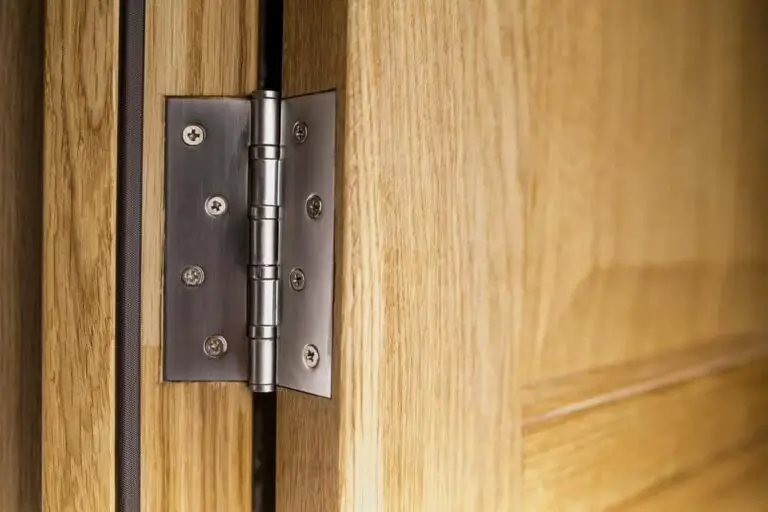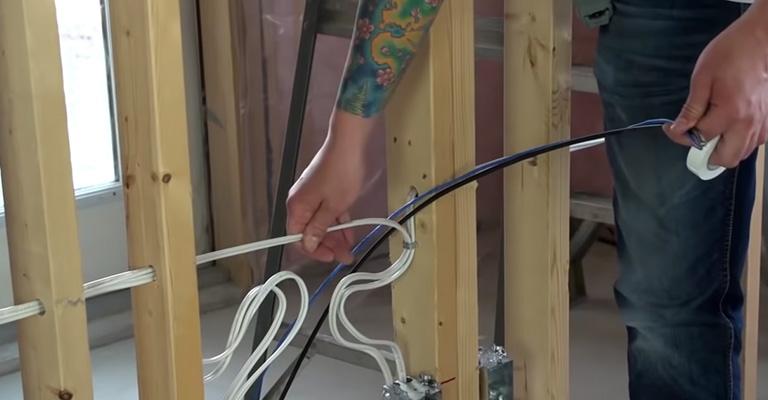Optimizing Your Space with the Right Closet Shelf Height
When it comes to organizing your closet, the height of your shelves is not just a matter of aesthetics, but also of practicality and efficiency. Choosing the right shelf height can transform your closet from a cluttered mess into an organized haven. In this comprehensive guide, we’ll explore the nuances of closet shelf heights, offering practical tips to maximize your storage space.
Understanding Standard Closet Shelf Heights
The standard height for closet shelves varies depending on the type of items you’re storing. Generally, the most common shelf heights are as follows:
Upper Shelves
These are typically placed around 84 inches from the floor and are ideal for storing seldom-used items like seasonal clothing or extra bedding.
Middle Shelves
Positioned at about 54 to 60 inches, these shelves are perfect for everyday items, ensuring they are easily accessible.
Lower Shelves
Located around 42 inches from the floor, lower shelves are great for heavier items, as they don’t require lifting above the waist.
Customizing Shelf Heights for Different Needs
Every closet is unique, and so are your storage needs. Customizing shelf heights allows you to tailor your space to your lifestyle:
For Shoe Lovers
Consider shorter shelves, around 6 to 12 inches in height, to accommodate various types of footwear.
For Bulky Items
Leave more space, around 12 to 18 inches, between shelves to store bulky items like sweaters or handbags.
Adjustable Shelving
For ultimate flexibility, invest in adjustable shelving systems that can be modified as your storage needs change.
Maximizing Space in Small Closets
In smaller closets, maximizing every inch is crucial:
Utilize Vertical Space
Don’t be afraid to extend shelves up to the ceiling, using the higher shelves for less frequently used items.
Add Extra Rods
Double your hanging space by adding an additional rod below the standard one, ideal for shorter items like shirts or skirts.
Tips for DIY Shelf Installation
If you’re considering a DIY approach to adjusting your closet shelves, keep these tips in mind:
Measure Twice, Install Once
Accurate measurements are key. Ensure you measure the space and your items before making any cuts.
Choose the Right Materials
Opt for sturdy materials like solid wood or metal for long-lasting shelves.
Safety First
Ensure shelves are securely anchored to the wall to prevent accidents.
Aesthetic Considerations for Closet Shelves
While functionality is paramount, aesthetics also play a significant role in closet shelf design:
Color and Material Choices
Choose colors and materials that complement your room’s décor.
Lighting
Consider installing LED lights under shelves to illuminate your closet and make it easier to find items.
Practical Tips for Maintaining an Organized Closet
Maintaining an organized closet goes beyond the initial setup. Here are some practical tips to keep your closet in top shape:
Regular Decluttering
Periodically go through your items and declutter. This not only frees up space but also ensures that everything you have is something you use.
Labeling
Label your shelves or use dividers to designate specific areas for different types of clothing or accessories. This makes it easier to find what you’re looking for and maintain order.
Consistency
Try to put items back in their designated spots. Consistency is key to maintaining an organized closet.
Balancing Function and Fashion
Your closet is a personal space, and it should reflect your style:
Personal Touches
Add personal touches like decorative baskets or unique shelf liners.
Fashion Forward
Arrange your most beautiful pieces in a way that they’re visible, turning your closet into a showcase of your personal style.
Expert Opinions and Industry Standards
Consulting with professional organizers or interior designers can provide valuable insights into the latest trends and efficient use of space. They often recommend:
Ergonomics
Ensuring that the most frequently used items are within easy reach to avoid straining.
Industry Innovations
Keeping an eye on the latest closet organization systems and accessories that can enhance your closet’s functionality.
FAQ Section
Q: What is the ideal shelf height for a walk-in closet?
A: For a walk-in closet, maintaining a variety of heights is key. Upper shelves at about 84 inches, middle shelves around 54 to 60 inches, and lower shelves at about 42 inches work well.
Q: Can I adjust standard closet shelf heights?
A: Yes, you can adjust the heights to suit your needs, especially if you opt for an adjustable shelving system.
Q: How can I make my small closet appear larger?
A: Use light colors for shelves, add mirrors, and ensure adequate lighting to create an illusion of more space.
Conclusion
It’s crucial to highlight the significance of the closet rod in optimizing your storage space. The standard closet rod height, typically around 60 inches for a single rod, plays a pivotal role in the functionality of most closets. For those seeking to maximize their closet space, a double rod system, with an upper rod installed near 80 inches and a lower rod around 40 inches from the closet floor, can effectively double your hanging capacity. This setup is particularly advantageous for hanging clothes of different lengths, ensuring that each garment is easily accessible and well-preserved.
Moreover, the shelf depth above and below the rods should be tailored to accommodate the items you plan to store, ensuring everything from folded clothes to accessories has its place. By carefully considering these elements, you can transform your closet into a highly efficient and organized space. Determining the ideal closet rod height is a balance between functionality and the specific closet dimensions you’re working with. In the context of a double rod closet system, it’s essential to adjust the height of both the upper and lower rods to suit the types of clothes you intend to hang. This customization not only enhances accessibility but also ensures optimal use of your closet floor space.
Remember, the standard closet shelf height should complement the rod system, allowing for a seamless storage experience. By thoughtfully configuring these components, you can create a closet that not only meets your storage needs but also reflects your personal style and organization preferences. In essence, the journey to the perfect closet is about finding harmony between the practical necessities of storage and the unique dimensions of your personal space.






